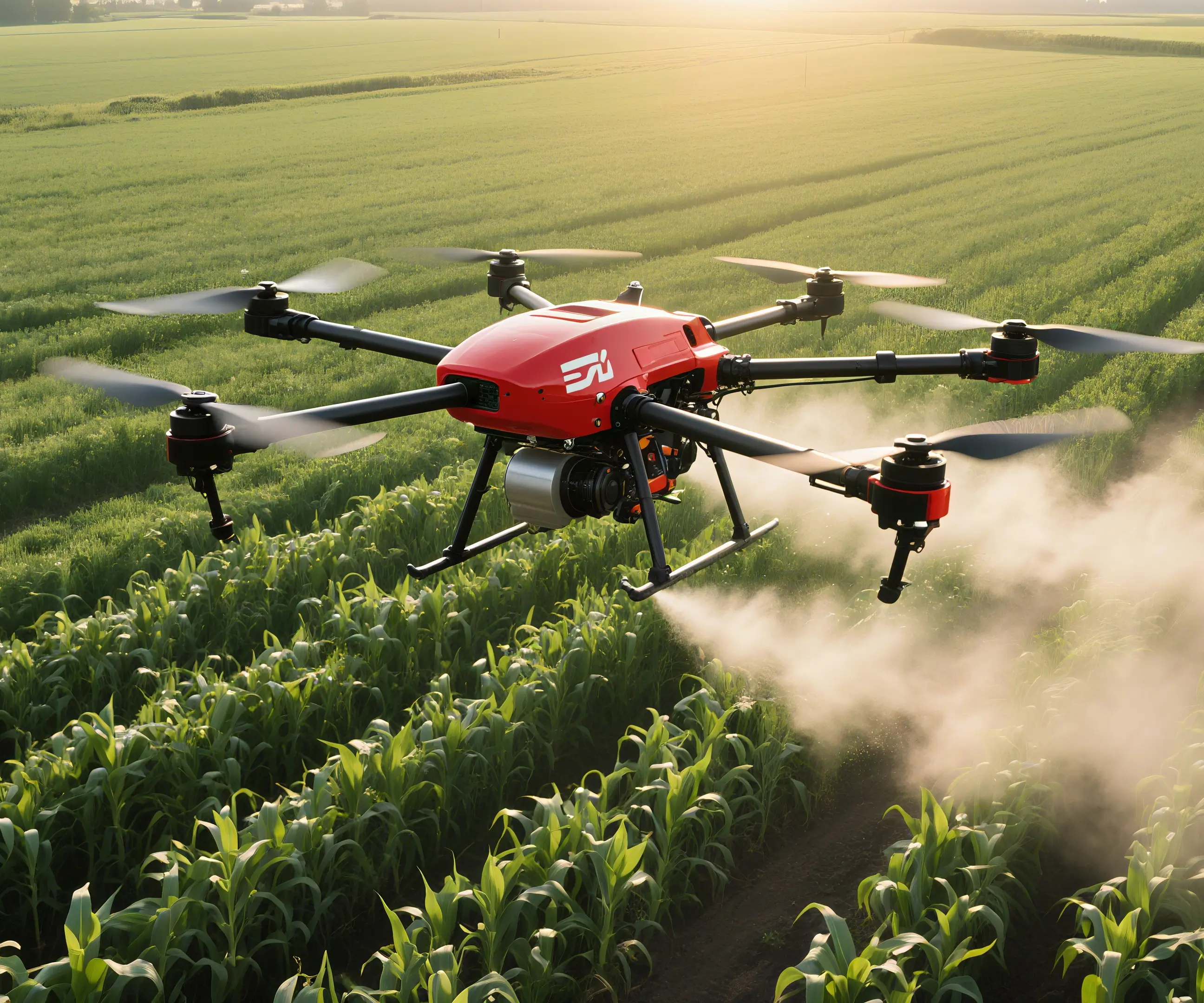Looking into the world of servomotors, it's like stepping into a universe filled with precision, power, and versatility. If you’ve ever seen those little motors in robotics, CNC machines, or even 3D printers, you’re looking at some real workhorses. But not all servomotors are created equal. There are different types, each with their own strengths and quirks. Let’s dive into what makes them tick and how to pick the right one.

First off, the classic brushed DC servomotor. It’s simple, reliable, and easy to control. Imagine a small motor in a toy car—works like a charm for light loads and straightforward tasks. But it’s not the hero for heavy-duty stuff, since brushes wear out over time, leading to maintenance headaches. For hobby projects or quick setups where cost matters, these are often the first choice.
Then, there’s the brushless DC motor, or BLDC. You can think of it as the high-performance athlete of servomotors. It has no brushes to wear out, which means longer lifespan and less fuss. They're more efficient, generate less heat, and pack a punch in terms of torque-to-size ratio. Want that robotic arm to move smoothly and reliably over hundreds of thousands of cycles? BLDC is often the way to go.
Stepper motors are another popular breed, especially when precision matters. You know those 3D printers or camera sliders? They often rely on stepper motors because they can move exact amounts without needing feedback systems. They’re perfect for positioning with high repeatability, but sometimes they jitter a bit at low speeds, which might be a problem in ultra-sensitive applications.
Now, what about the servo motors with integrated control? That's where it gets exciting. In some cases, you want a plug-and-play solution, with the motor, the driver, and the control system all integrated. These offer ease of setup and consistency, especially in industrial automation, where downtime isn’t an option.
Have you wondered why some motors seem to be more suitable for high-speed applications, while others excel in force? Torque and speed curves tell a lot. A brushed motor might give quick starts but fatigue quicker, whereas a BLDC offers sustained high performance over time. It’s like comparing sprinters and marathon runners—they’re built differently for the job.
So, what makes a good choice? Focus on the load, the speed, the environment, and how much maintenance you're ready to handle. Heavy machinery? Maybe a brushless. Precise positioning? Steppers or integrated servo systems. Budget constraints? Brushed motors could do the trick, at least temporarily.
It’s kind of funny—when you think about these tiny motors powering everything from robotic arms to medical devices, it’s like a secret symphony of engineering. Every detail, from the type of motor to how it’s controlled, adds up to a finely tuned performance. That’s why understanding these types isn’t just technical jargon—it’s about knowing how to make machines move better, faster, and more reliably.
So, next time you’re curious about what kind of servo motor would suit your project, remember: it’s all about matching their traits to your needs. Because in this game, it’s not just about the motor itself, but about how it becomes the heartbeat of your machine.
Established in 2005, Kpower has been dedicated to a professional compact motion unit manufacturer, headquartered in Dongguan, Guangdong Province, China. Leveraging innovations in modular drive technology, Kpower integrates high-performance motors, precision reducers, and multi-protocol control systems to provide efficient and customized smart drive system solutions. Kpower has delivered professional drive system solutions to over 500 enterprise clients globally with products covering various fields such as Smart Home Systems, Automatic Electronics, Robotics, Precision Agriculture, Drones, and Industrial Automation.




































